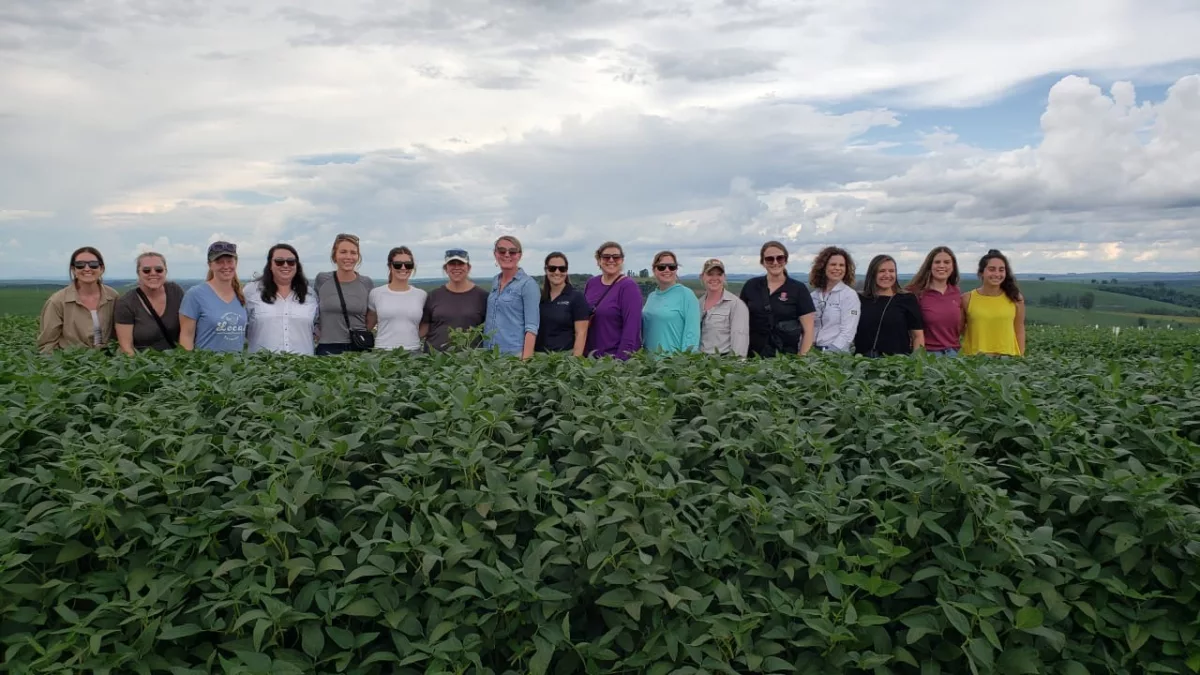Exploring a Brazilian Perspective on Agtech
Katherine Drake Stowe
on
January 31, 2023

A few weeks ago I had the opportunity to travel with an ag leadership group from NC to Brazil for an agriculture tour. Delegates included faculty and college leaders from NC State CALS, NC Department of Agriculture representatives, extension agents, farmers, and young ag professionals. It was a fascinating and eye-opening week exploring how Brazilian farmers and Brazilian agriculture are leaning in to new technologies, building more sustainable practices, and embracing change. |
Our trip was concentrated in the southern part of the country (yes the tobacco roots are still strong in NC) so in addition to acres and acres of corn and soybeans we also got to explore sugar cane production, fruit orchards, seed production, animal agriculture operations, and more. |
I’ll be perfectly honest, I was expecting to visit a country with outdated equipment, little new technology, and more traditional production practices, and oh how wrong I was. While there were many misconceptions dispelled and lessons learned, and I thoroughly enjoyed talking agronomics with the farmers we visited (everything from plant populations to spray applications to pest problems) one of the most impactful parts of the trip was exploring innovation and incorporating new technologies. |
We spent 3 days in the Piracicaba region (Sao Paulo state), an area that is the innovation hub for agribusiness in Brazil (they referred to it as Brazil’s Silicon Valley for Ag). During that time we visited: |
AgTech Garage – an open innovation agritech hub that was recently acquired by PwC and has a network of more than 80 industry partners and 1000 startups Raizen Pulse Innovation Hub – an incubator affiliated with Brazil’s third largest energy company Coplacana – an ag cooperative that has reserved a portion of it’s profits for venture capital investments, is a partner at the AgTech Garage, and frequently hosts innovation summits for member farmers Lagoa Bonita – an independent seed company that’s re-envisioning how they interact with their customers and broader community |
These visits were eye opening and thought provoking and really got my wheels turning about how we as a checkoff currently view ag innovation and how our current framework may need to change as we move into this next era of crop production. Below are a few questions I left with and am still pondering… |
|
Do you have thoughts? I’d love to hear them! |
Go Deeper: Learn more about the AgTech Garage model. |
Author
- Category: Blog